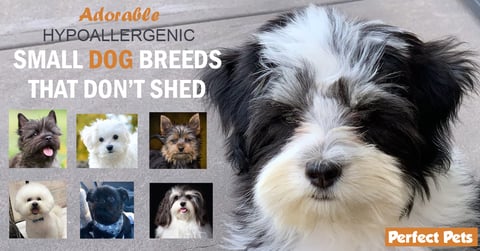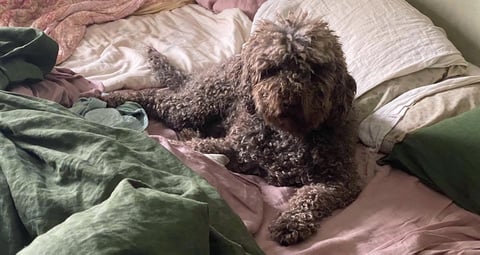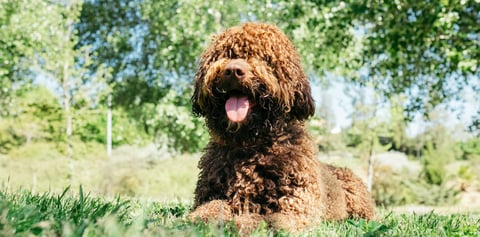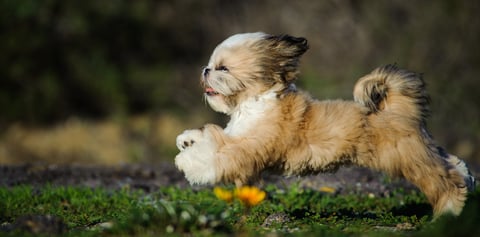Hypoallergenic Dogs & Low Shedding Dog Breeds
Probably the most famous “hypoallergenic” dog is the labradoodle, a cross between a Labrador and a poodle that was specifically developed as a guide dog for a woman whose husband was allergic to dog hair.
Since that first cross 30 years ago, oodles of all sorts have become incredibly popular, for the most part because pet lovers associate them with being “hypoallergenic”. Most people are very surprised when they learn how many pure dog breeds there are – in all sorts of shapes, sizes and coat types – that are also considered “hypoallergenic” or low shedding.

The truth about hypoallergenic dogs
Most allergies to dogs are actually caused by a reaction to dander (dead skin cells) or saliva – not fur or hair – and in truth, there’s no such thing as a hypoallergenic dog. The reason dogs that shed a lot are more troublesome to people with allergies is because they are thought to bring more allergens into their environment, and leave more lying around. On the other hand, hairless dogs and low-shedding breeds do not carry and drop as much dander or fur. This is why choosing a dog that doesn’t lose fur may mean a more comfortable coexistence for dog lovers prone to allergies.
Size matters
If you suffer from allergies but would really like to have a dog, then remember that size can make a difference. The bigger the dog, the more dander and saliva you will be exposed to. They are also much more effort to bathe and groom, which are important tasks to reduce allergens in the home.
It’s important to note here that one of the great advantages in choosing a pure bred dog is that as long as it comes from a registered and responsible breeder, the size of the adult dog (as well as the health, coat and temperament) will be assured. With the cross bred dogs these characteristics can be quite variable, even amongst litter mates, and when a puppy that was expected to grow to Miniature Poodle size turns out to be Labrador size problems and heartache can follow.
What Makes a Dog Non-shedding?
Dog breeds that are considered to be non-shedding are typically considered to have hair rather than fur. While there is no chemical difference between fur and hair - they are both made of keratin - there are significant differences in appearance and growth behaviour. Hair is usually much longer than fur and has a longer growth cycle. The longer the growth cycle, the less frequently hair is shed.
Hair can be straight, wavy, or curly, and is much finer and softer to touch. Curly hair also traps any hair that is shed, which leads to the perception that hair is not shedding. It also leads to matts without sufficient attention to grooming! Hair also grows in a single layer.
Most dogs with fur usually have short, dense double coats with short growth cycles so that it can change with the seasons, growing noticeably thicker during winter. Dogs with double coats have a coarse outer layer and a fine undercoat which helps to regulate temperature. Not all furred dogs have a double coat.
Is there such a thing as a truly non-shedding dog?
low shedding dog breeds
These breeds are low shedding and often referred to as non-shedding dogs.
- Schnauzer
- Portuguese water dog
- Bichon frise
- Poodle
- Maltese
- Puli
- Havanese
- Kerry Blue Terrier
- Lhasa Apso
- Afghan hound
- Australian Silky Terrier
- Soft Coated Wheaten Terrier
- American Hairless Terrier*
- Tibetan Terrier
- Shih Tzu
- Lagotto Romagnolo
- Chinese Crested Dog
- Yorkshire Terrier
- Griffon Bruxellois
- Airedale Terrier
- Cairn Terrier
- Scottish Terrier
- West Highland White Terrier
- Basenji
- Irish Water Spaniel
- Spanish Water Dog
- Peruvian Hairless*
- Xoloitzquintle*
One thing to remember is that most low-shedding dogs have higher grooming requirements than other dogs. They will need their coat clipped approximately every six to eight weeks. And even the *hairless breeds still shed dander which can cause allergies in sensitive people.
And for those people who really can’t tolerate close contact with furred creatures, there are plenty of other great pets including lizards and fish.
Non & low shedding dogs come in all shapes and sizes
Small non and low-shedding dog breeds include Bichon Frise, Shih Tzu, Maltese, Havanese, Cairn Terrier, Yorkshire Terrier, West Highland Terrier, Chinese Crested Dog, Griffon Bruxellois, American Hairless Terrier, Scottish Terrier, Australian Silky Terrier.
For medium sized dogs that are non/ low shedding look at: Soft Coated Wheaten Terrier, Lagotto Romagnolo, Spanish Water Dogs, Standard Schnauzer, Tibetan Terriers, Xoloitzcuintle, Irish Water Spaniels, Kerry Blue Terriers.
If you love big dogs, some of the large hypoallergenic/ low shed dog breeds are: Giant Schnauzers, the Standard Poodle, Afghan Hounds, Airdale Terriers, Bouvier des Flandres, Black Russian Terriers.
See an A-Z list of pure dog breeds to find more information about all of these breeds.
SOURCES:
The Guardian: Labradoodle Inventor Lifes Regret Frankenstein Monster
Hypoallergenic Dogs - Dog Myths Debunked

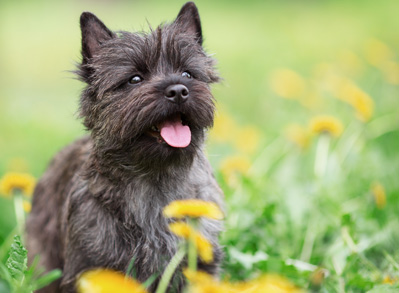

















.jpg)


